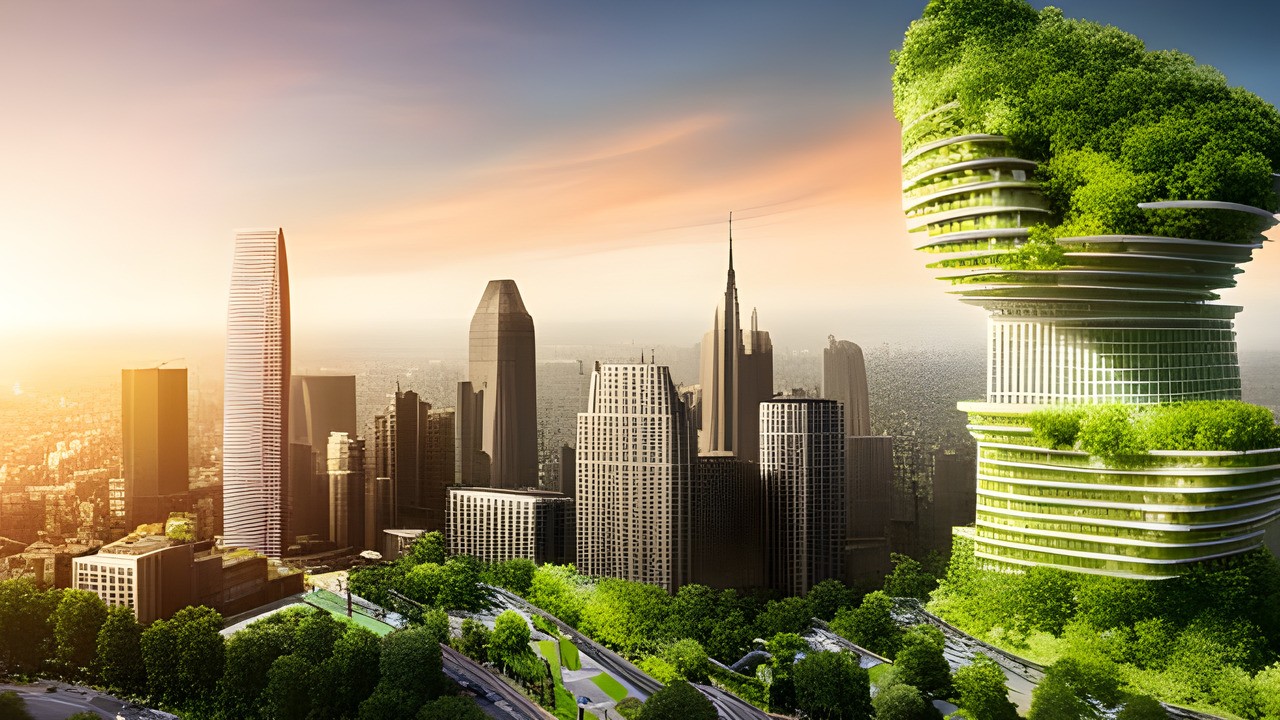In the global pursuit of sustainability, net-zero buildings have emerged as a vital solution to combat climate change. These innovative structures are designed to achieve carbon neutrality by minimizing energy consumption and generating renewable energy on-site. This article focuses on net-zero buildings, examining their design principles, state-of-the-art technologies, and the strategies necessary to achieve carbon neutrality. By gaining a comprehensive understanding of the complexities involved in net-zero building practices, we can contribute to the development of a built environment that is both sustainable and environmentally conscious.
Defining Net Zero Buildings
Net-zero buildings are revolutionary structures designed to achieve a state of carbon neutrality, where the energy consumed is offset by renewable energy generation. At their core, net-zero buildings prioritize energy efficiency, renewable energy integration, and energy storage. By minimizing energy demand and sourcing clean energy on-site, these buildings significantly reduce greenhouse gas emissions and contribute to a sustainable future.
Designing for Energy Efficiency
Energy efficiency lies at the heart of net-zero building design. By implementing various strategies, such as passive design, enhanced insulation, efficient HVAC systems, and smart building controls, energy consumption can be significantly reduced.
HVAC stands for Heating, Ventilation, and Air Conditioning. It refers to the technology and equipment used to control indoor environmental conditions, including temperature, humidity, and air quality, in residential, commercial, and industrial buildings. HVAC systems encompass various components such as furnaces, air conditioners, heat pumps, ventilation systems, and thermostats, working together to provide comfort and maintain desired indoor conditions.
In addition, proper orientation, optimized daylighting, and natural ventilation techniques contribute to lowering energy requirements. Building envelope optimization, efficient lighting solutions, and carefully selected appliances also play a crucial role in achieving energy efficiency goals.

Integration of Renewable Energy Systems
To achieve carbon neutrality, net-zero buildings integrate renewable energy systems on-site. Solar photovoltaics (PV), wind turbines, geothermal heating and cooling, and biomass systems are common renewable energy solutions used to generate clean energy. These systems are sized to meet the building's energy demand, and surplus energy can be fed back into the grid through mechanisms like net metering and feed-in tariffs, promoting a symbiotic relationship between the building and the energy grid.
Energy Storage and Demand Management
Energy storage and demand management are key components of net-zero buildings. Energy storage technologies, including batteries, thermal storage, and pumped hydro storage, help balance intermittent renewable energy generation and optimize energy usage. These systems store excess energy during periods of high renewable generation and release it during peak demand. Demand management strategies, such as load shifting and demand response, enable better alignment of energy consumption with renewable energy availability, further enhancing energy efficiency.
Overcoming Challenges and Pathways to Net Zero
Achieving net-zero in building projects comes with its own set of challenges. Early-stage planning, collaboration, and stakeholder engagement are crucial to integrating net-zero principles effectively. Financial considerations, policy frameworks, and incentives that support the adoption of net-zero building practices also play a vital role. Drawing inspiration from successful case studies, it becomes evident that the feasibility and benefits of net-zero buildings are achievable through innovation, collaboration, and a commitment to sustainability.
Takeaway
Net-zero buildings represent a significant milestone in our journey towards a sustainable future. By embracing energy-efficient design, integrating renewable energy systems, and implementing effective energy storage and demand management strategies, we can transform our buildings into powerful contributors to carbon neutrality. With continued innovation, collaboration, and commitment, net-zero buildings can pave the way for a greener, more resilient, and sustainable built environment.
If you're eager to explore further ways we can support your net-zero strategies, we invite you to reach out to us. We value your feedback, so please feel free to leave your comments on this article as well.
Editor's note: This article was originally published in August 2023 and has been updated for comprehensiveness.





All comments are moderated before being published. Inappropriate or off-topic comments may not be approved.